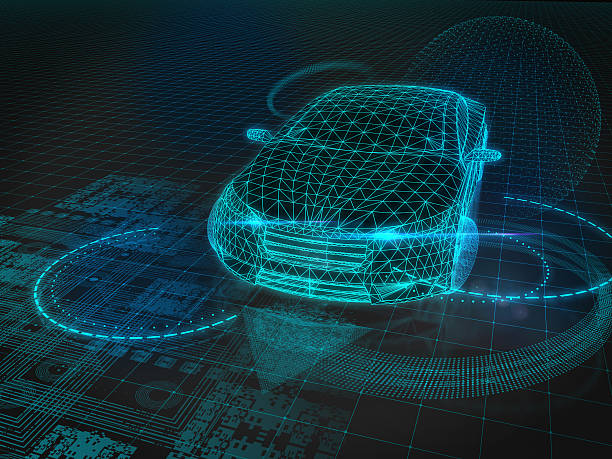Autonomous Vehicles

Challenge
Autonomous vehicles increasingly collect and share large volumes of personal and operational data with external actors—ranging from traffic infrastructure and cloud platforms to manufacturers and service providers. This includes owner and passenger identifying information such as preferred language, GPS destinations, infotainment settings, payment details, location history, driving behaviour, and even biometric or health data. With connected vehicles generating up to 25 GB of data per hour, much of it falls under the scope of personal data regulated by EU legislation (e.g., GDPR).
This data is essential for navigation, user authentication, and personalised in-vehicle experiences. However, its exchange also exposes individuals to risks related to profiling, surveillance, data breaches, and lack of transparency or control. In business-to-business contexts, such as those involving virtual maps, intellectual property risks must also be considered.
TANGO solutions
TANGO enables privacy-preserving and secure data sharing in autonomous vehicle environments, covering both business-to-consumer (B2C) and business-to-business (B2B) use cases led by IDIADA.
In B2C scenarios, TANGO provides secure passenger onboarding through digital identities (ePassPort), allowing travellers to register for and control autonomous test rides via a dedicated mobile application. During the ride, TANGO ensures encrypted communication between the passenger’s app, the car, and backend servers. Key personalisation data (destination, preferences) is shared only with explicit user consent and under policy-enforced access controls (PEP-PDP).
In B2B scenarios, TANGO protects IDIADA’s proprietary virtual maps when shared with clients. Each client undergoes onboarding via SSI credentials. Access rights, including scope and time limits, are configured by IDIADA staff through the TANGO interface. TANGO enforces these policies using cryptographic access controls (CP-ABE), ensuring that files become inaccessible upon expiration of the permitted period.
Through the above, TANGO balances personalisation, trust, and compliance in high-data, high-risk environments like autonomous mobility.